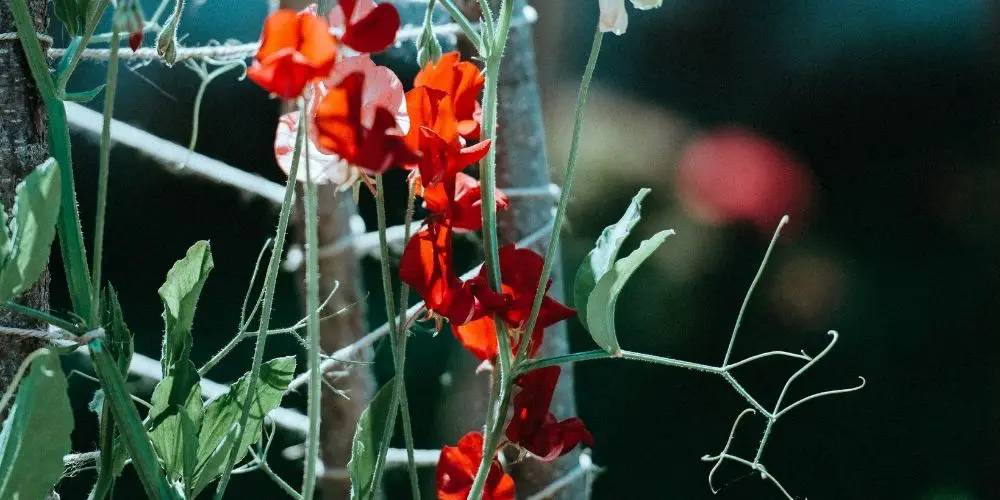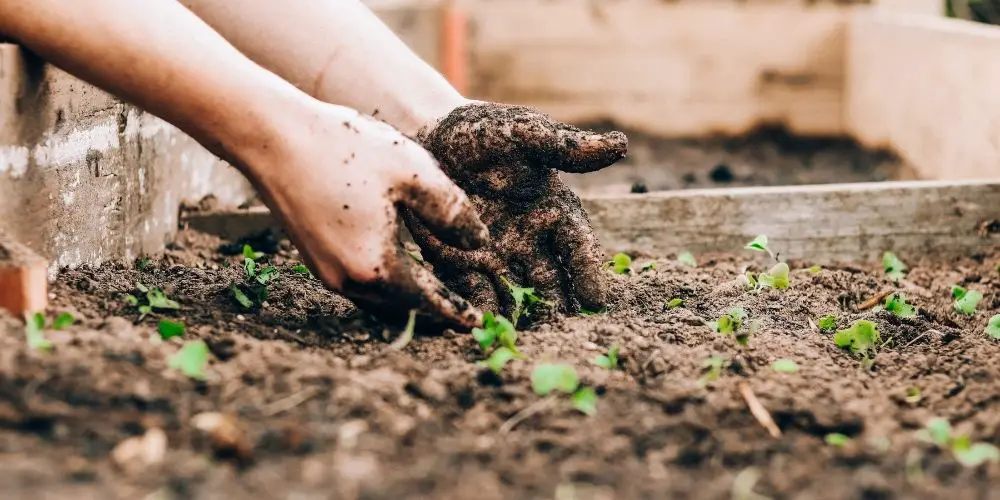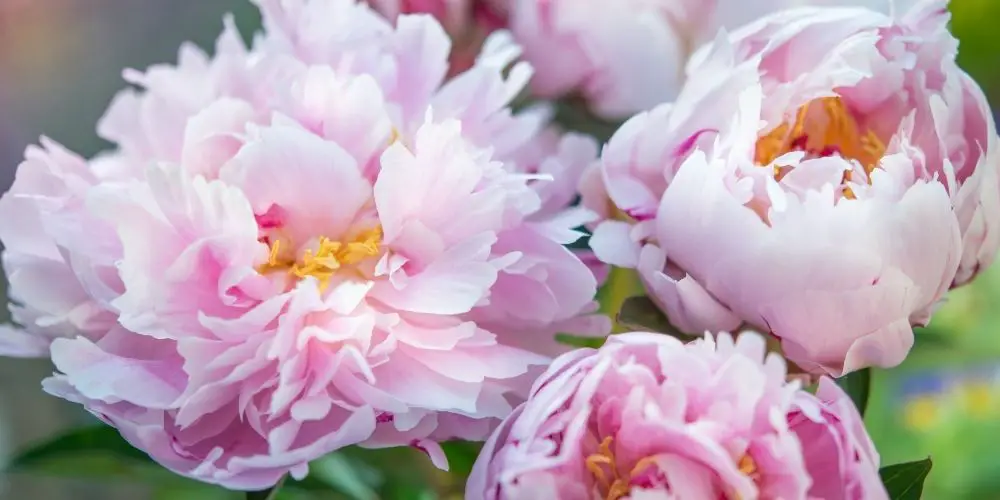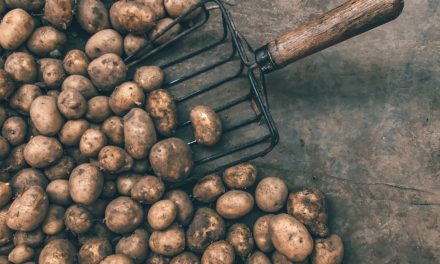Peas are classified as legumes plants that consist of pods with seeds inside. Although peas are cooked and consumed as vegetables, they are not. Seed dispersal is the process or action of distributing or spreading seeds away from the parent plant to another place.
Peas seeds are dispersed mechanically when the pod’s rapture, spreading the seeds. When peas in the pods are completely mature, the pods will start drying up, twist, and then bliss. The rapture of the pods happens in a manner that disperses the seeds in different directions. The process is called explosive dispersal.
Planting and harvesting peas
Peas are cool-season crops, and they cannot withstand the heat and humidity of the summer season. However, peas can withstand frost and light freezes. How to plant peas seed:
- Soak the seeds in water for some hours before planting
- Plant your seeds about 1 inch deep and 2 inches apart, and 7 inches rows apart.
- Peas plants can be transplanted, although it is not advisable.
After planting peas, most of the varieties will take 60 to 70 days to mature and harvest. Some varieties will be harvested when the delicate pods begin to show immature seeds inside, like pick snow peas. Snap peas are harvested when pods become plump, while shell peas are picked before the pods become waxy.
It is advisable to pick peas in the morning after the dew has dried as they are crispiest then. Peas mature quickly; pick them regularly to encourage more pods to sprout. Hold the peas plant with one hand and pull the pods off with the other hand to avoid damaging the plant.
Peas are good when harvested when green. When pods harden and turn the dull color, they are over mature, stop producing and die back in hot summer weather. Over matured peas can be left to grow and be picked when they are dry.
- What are Heirloom Seeds?
- Why do seeds have expiration dates?
- What is the Difference Between Heirloom and Organic Seeds?

Types of seed dispersal
Seeds dispersal occurs in several different ways depending on the type of plant.
Explosive Dispersal
Seeds dispersed by explosions are mostly crops with pods. Once the plant is mature, it shoots out its seed into the external environment. The pods then start drying up and twist, rupturing and spreading seeds into multiple directions.
Wind dispersal
The wind is the primary natural means of seed dispersal in the plant. Seeds dispersed by wind are known to be extremely light, so they are easily blown by the wind. Cottonwood tree, dandelions, cattail, and hornbeam are examples of plants whose seed is dispersed by wind.
Animal and birds dispersal
Seeds dispersed by animals and birds are scattered differently. Some animals and birds eat the fruits with hard seeds, and only the juicy part is digested. The seed is excreted out in the form of their dropping. Some plants have seeds with hooks that stick on the fur of the animals and birds, and they are carried away to different places far from the parent plant.
Gravity Dispersal
Gravity is a force of attraction that exists among the objects in the universe. In this type of dispersal, the seeds fall from the parent plant to the ground. They may roll to a small distance place or be dispersed by other agents if dispersion like water, animal, or wind.
Water dispersal
This type of dispersal is commonly seen in plants that grow in water. The seeds float away from the plant to a different place. Water lily, water mint, coconut, and mangrove are examples of the plants dispersed by water.
Conclusion
Seed dispersal is beneficial to the seed in several ways, depending on the species of the plant. The seed’s survival is very high due to the actions of density-dependent away from the parent plant. Pathogens and predators mainly target the area concentrated with seed, and therefore the dispersed seed is more likely to survive the danger of pathogens.















